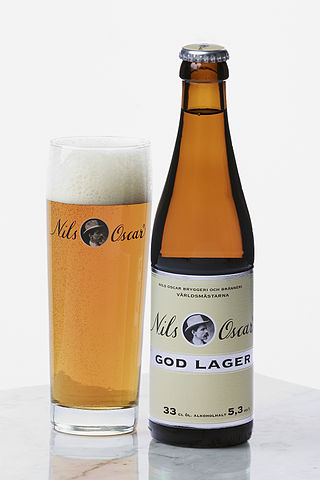Ale vs Lager
Understanding the difference between ale and lager is important for beer enthusiasts. Ale and lager are two distinct categories of beer, although the differences between them do not lie in the ingredients, alcoholic content, bitterness, or color. In order to fully comprehend the distinctions, it is necessary to examine the brewing process for each type of beer.
What is Ale?
Ales are created by top-fermenting small strains of yeast, which rise to the top and produce a chemical called esters. These esters are responsible for creating the unique flavor found in ales. The yeast in ales ferments at warm, damp temperatures, often at room temperature, and matures relatively quickly. Ales typically have high contents of hops, malt, and roasted malts, giving them a bitter, malty taste. Brewers of ales may also include additional ingredients such as adjuncts.
What is Lager?
Lagers, on the other hand, are produced through bottom fermentation. In this process, the yeast strains move to the bottom of the fermentation container, allowing the yeast to be reused. The yeast used in lagers has a distinct flavor, providing a malty, hoppy taste. Lagers ferment at colder temperatures than ales, which further differentiates the two.
The history of lagers can be traced back to Europe, particularly Germany, where the process of brewing and fermenting yeast at colder temperatures originated. The term “lager” is derived from the German word “lagern,” which means “storing” and refers to the lagering process. This process involves the yeast playing a crucial role in creating the light, crisp taste of lagers.
What is the difference between Ale and Lager?
- Ales are produced through top fermentation, while lagers are made using bottom fermentation.
- Lagers ferment at colder temperatures than ales, which require mid-range room temperatures.
- During fermentation, ales are stored at temperatures between 60-75 degrees Fahrenheit, while lagers are stored at temperatures between 35-55 degrees Fahrenheit.
- Lagers take longer to produce and can be stored for a longer period of time compared to ales.
- Ales have a bitter, malty taste, while lagers have a malty, hoppy flavor.
- The ale family includes pale ale, Indian pale ale, porters, stouts, and amber ale, while the lager family includes dunkels, bocks, and pilsners.
Despite the longer brewing and fermenting process for lagers, many people still prefer ales. The main difference between the two lies in the brewing and preparation methods.
Key Takeaways
- Ales are made using top fermentation, while lagers are produced through bottom fermentation.
- Ales ferment at warmer temperatures and have a bitter, malty taste, while lagers ferment at colder temperatures and have a malty, hoppy flavor.
- The brewing and preparation methods are the primary differences between ales and lagers.
